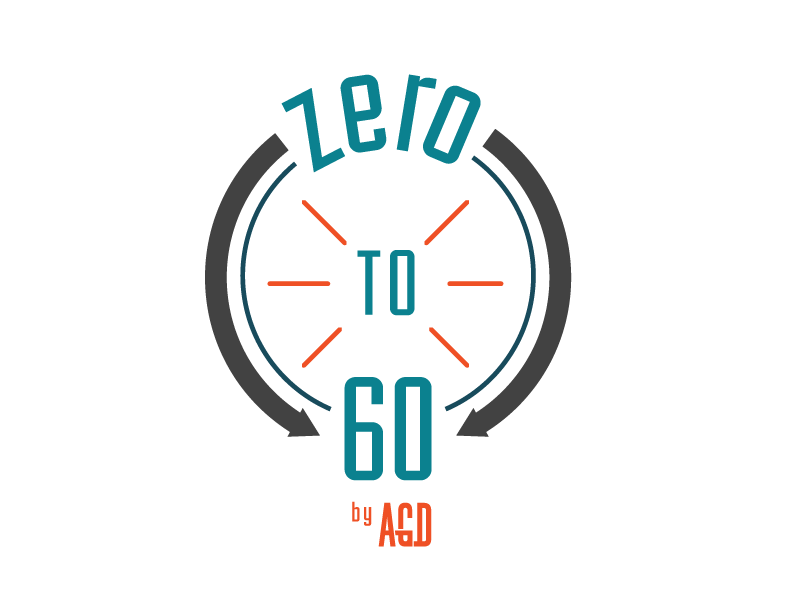Written by: Nicole Arruda
Tik Tok, the wild west of social media, is full of opportunity and the payouts can be extreme. Even if you haven’t started your page yet, there is still hope. According to Tik Tok themselves in a 2020 press release statement “neither follower count nor whether the account has had previous high-performing videos are direct factors in the recommendation system.”
“Neither follower count nor whether the account has had previous high-performing videos are direct factors in the recommendation system.”
-TIKTOK PRESS RELEASE
As a musician, the chance for growth is endless. From teasing new music to giving your fans a place to see your personality, Tik Tok is all about making that authentic connection that turns fans into superfans. With almost no risk, there is no reason to not start your Tik Tok today. To get you started, here are 5 quick tips to keep in mind when starting your Tik Tok page.
1. Quantity Over Quality
Consistency is the name of the game when it comes to Tik Tok. Users spend most of their time on the app in their For You Page - each individually customized for themselves. Giving the algorithm enough content to continuously push to people For You Pages is only going to help - never hurt.
Don’t be afraid to post more than once a day. At the least, 3 times a week is considered an “active user” by the Tik Tok algorithm. Keep your page active and always feed the algorithm,
2. Repetition Is Key
Don’t be afraid to repeat yourself, especially when promoting music. Use your sound as often as possible in as many different ways. Zoe Clark, an AGD artist who recently found success on Tik Tok with her latest single, “Last One Standing,” knows the power of this.
While this video is what went viral, Zoe had used the same audio numerous times before posting this video. Why did this one go viral and the others didn’t? The algorithm picked it up - this was the one everyone saw. Give your audio as many chances as you can to have momentum. And always ALWAYS use the in app audio when possible.
Look to Lil Nas X for this strategy as well. Before releasing “Montero (Call Me By Your Name),” he took the song viral on Tik Tok, creating extreme demand that most certainly paid off, debuting at #1 on the Billboard Hot 100
3. Trends
Find trends that fit you. Don’t shy away from the trends and participate in as many as possible. That does not mean you have to learn all the new dances and figure out how to do The Woah, but you should pay attention and seek out trends that fit your identity.
Trending and challenges can be used in creative ways to show your personality outside of promoting your music. Trends like “Things in my house that just make sense” or “Show me your ___, without telling me you’re ____” are greats trends that can be manipulated for anyone, like AGD artist Manny Blu did to showcase his Canadian roots
Trending Sounds can be used in lifestyle videos or any cool content you have. If you’re not promoting your music, you should be using a trending sound. The algorithm will pick that up and show it to more people, and people will be able to find you in searches.
In Tik Tok, you can turn down the volume of any audio you add - so even if you’re talking in the video, you can still be using a trending sound.
4. Interact and Engage
Duets and Stitches are a great way to engage with the Tik Tok community and build your following. Many times artists will ask for duets on a song with them, or content creators will challenge views in a duet challenge - these are perfect opportunities to interact with different creators and have some fun!
Don’t be afraid to engage with anyone’s content, asked or not. Just look at @another.blonde who’s duet for Grocery Store: The Musical sparked a viral moment and put her page on the map.
5. Have Fun With It
Tik Tok is a place for creative freedom and expression. Explore all of the in app features like text-to-speech, filters, duets/stitches, and editing effects. If you are authentically yourself, people will react to it. Engage with your audience, show them your personality, and have fun with your music. If you put in the work, it will pay out in the end.
Look at some editing apps outside of Tik Tok as well. Mojo is a great app that AGD uses for video editing. It’s especially helpful with adding captions and formatting pre-recorded content. For static content, Canva, a free editing website, can help with everything from album art and social promo to posters.
Pro Tip: Use everything together - create a cool image in canva with your artwork, filter it with Mojo, add music in Tik Tok and post as a visualizer for your new music!




